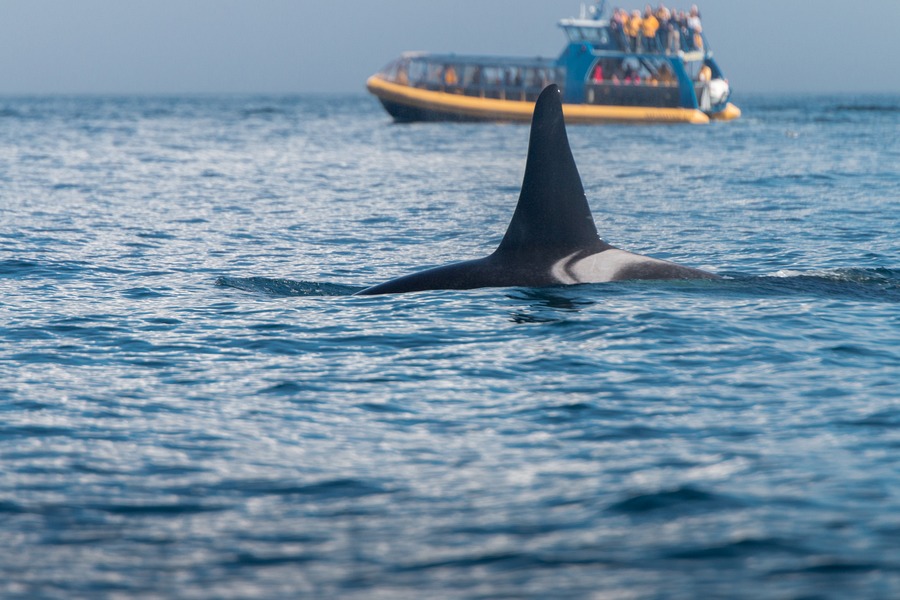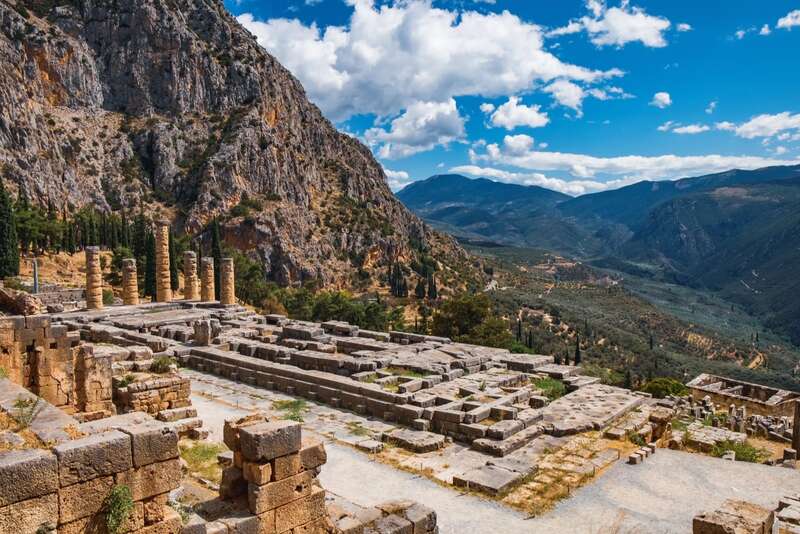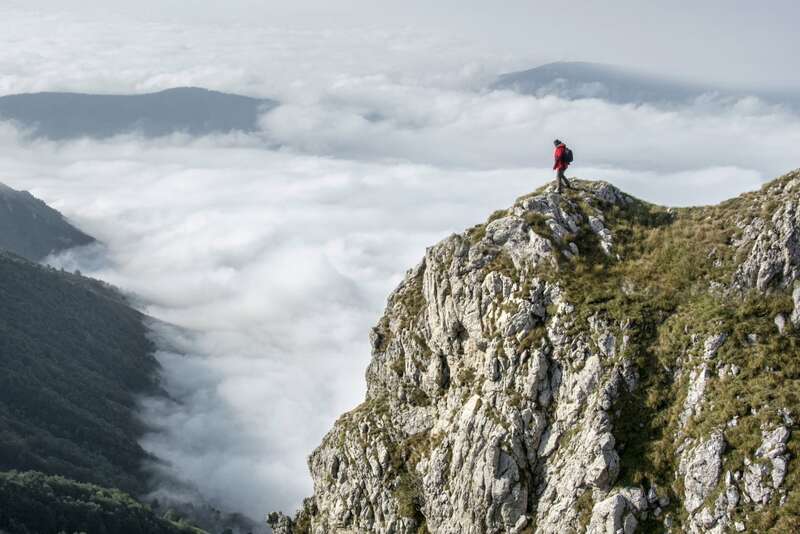We do love our whale watching. I didn't realise you could do it this far south! Adding it to the list, thanks Andrew.
Baja California is a recreational nirvana for whale lovers. The captivating depths of water situated on the wild Pacific coast of Mexico are a flourishing habitat for over a dozen different whales. Observing the intelligent behaviour of these marine mammals close-up in this tranquil breadth of untamed shoreline will ensure you come face to face with some of Earth’s rarest species.
This world-class experience is enhanced by the high regard held in Mexico for its ecological diversity and belief in circulating conservation, evidenced by the scarcity of whale-watching boats in the region. Consequently, the world will be your oyster as you will be surrounded by nothing, but whales, dolphins and other wildlife for the majority of the time. Utter bliss.

The merit of coming into contact with such esteemed creatures is worth the flight to Baja alone, something the Bender family are all too familiar with given their whale watching trip to Vancouver in 2015. With the chief Baja whale-watching season in operation from early February to the end of April, here is how you can effectively plan your expedition and undergo the most incredible interaction and intimacy you could imagine with these aquatic phenomenons.
There are three main areas from which you can get tantalisingly close to the whales in Baja Sur. Laguna Guerrero Negro and Laguna Ojo de Liebre (aka Scammon’s Lagoon) are situated on the periphery of Guerrero Negro. Predictably, this area can get extremely crowded during the peak of whale watching season. Therefore, it is imperative to make any basic reservations in advance, including your accommodation.
If you’re budget is tight, perhaps because you’re travelling solo or part of the popular Mexican backpacking community, it’s probably worth prioritising Laguna Ojo de Liebre as many of the tour operators do not charge a service fee - a welcome bonus! Most of the tourist destinations around Baja have accessible banks to access money, while hostels provide free internet connection should relatives need to transfer money online from home.
If it is serenity you are seeking, then 90 miles south of Guerrero Negro is another lagoon and whale sanctuary – Laguna San Ignacio. It is of widespread opinion that this loch has the most sociable whales of any other location. The ageless town of San Ignacio sits just 40 miles east of the lagoon on the central highway and its trendy central square offers more appeal than Guerrero Negro.
It is recommended to try and spend four or five days getting close to these incredible animals and with meticulous planning, it is possible to take tours in Guerrero Negro and Laguna San Ignacio on the same vacation. The costs of these excursions do vary, dependent on the length of your trip, but there are a range of tour operators capable of meeting your requirements.
The assortment of whales that you will encounter is staggering. The humbling and gracious nature of the grey whale will pull on your heartstrings with their voyage nothing short of remarkable, having glided 10,000km in winter from the Bering Sea to the warm waters of Mexico. You can show your admiration for this incredible act of migration by touching, stroking and connecting with their curiosity.

The colossus that is the blue whale is another impressive and awe-inspiring sight for whale lovers – a naturalist’s dream and again overwhelming given its history. For over a century, they were hunted to the verge of extinction, but the largest animal ever known to have existed is now blossoming again with an estimated 10,000 to 25,000 of these remarkable species worldwide today.
Playful and full of splash, Humpback whales get their name from the noticeable hump on their back and for the manner in which they curve their back when diving. When congregated together, their frolics in the water can be quite the spectacle. Renowned for their singing, an outing in Baja gives you the opportunity listen in to their melancholy tones – a complete contrast to the thunderous spattering when they hit the water from mid-air.
Sadly, there are still many threats to whales. Ship collisions, toxic contaminations and climate change in particular are all potential harmful to the continual thriving of the whale industry. Consequently, there has been a decline of krill populations in key areas – a whale’s pivotal source of nourishment – prompting calls last year for expansive marine protection areas to save the species, particularly around Antarctica.
For all the perceived benefits of whale watching, it must be undertaken responsibly and steps taken to diminish the burden on whales. Such experiences should be educational and sustainable to whales and the marine environment.
There are a plethora of positive benefits which include an initiation of income to local communities and the provision of jobs in marine conservation, but ultimately these beautiful creatures need to be delicately monitored over the long-term if they are to stay at the forefront of ecotourism.
Please be responsible and conscientious of your surroundings. If you do, you are guaranteed to have a whale of a time.
Andrew Delgado fell for Mexico after one visit. Now she visit's at least once a year for her taco fix and a swim in the clearest waters you can imagine.













Write Your Comment
Please DO NOT include links, URLs or HTML in your comments - they will be automated deleted and you will waste your time.